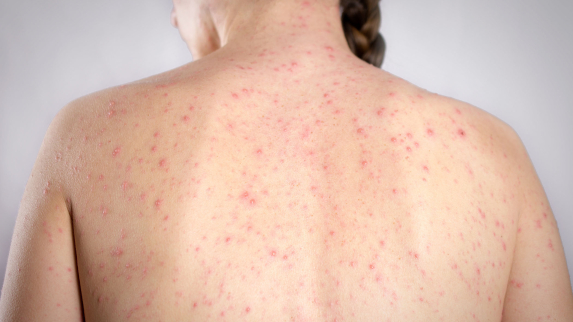Targeted blood tests, asking patients about risk factors, and dose modifications can lessen the risk of potentially fatal reactions to antiseizure medications that millions of Americans take for epilepsy and other conditions. However, skin reactions in newly medicated patients still require speedy medical attention, according to research from Rutgers Health.
Rashes are a common side effect of antiseizure medications, occurring in 2 to 16 percent of patients and vary by specific drug. Although most rashes are not life-threatening, roughly 5 percent indicate life-threatening reactions. The FDA recently issued a warning about serious reactions to two antiseizure medications: levetiracetam and clobazam.
“Dangerous reactions are rare, but patients and caregivers should understand the risk and how to respond if side effects occur,” said Ram Mani, chief of the adult epilepsy division at Rutgers Robert Wood Johnson Medical School and lead author of the study published in Current Treatment Options in Neurology.
“Patients should seek medical treatment if rashes develop rather than waiting for them to disappear,” added co-author Cindy Wassef, an assistant professor of dermatology at Robert Wood Johnson Medical School. “If symptoms are mild, they can contact their neurologist or primary care physician, but serious symptoms like a high fever, skin pain, or blisters warrant a trip to the emergency room or a 911 call.” To read the full story.

